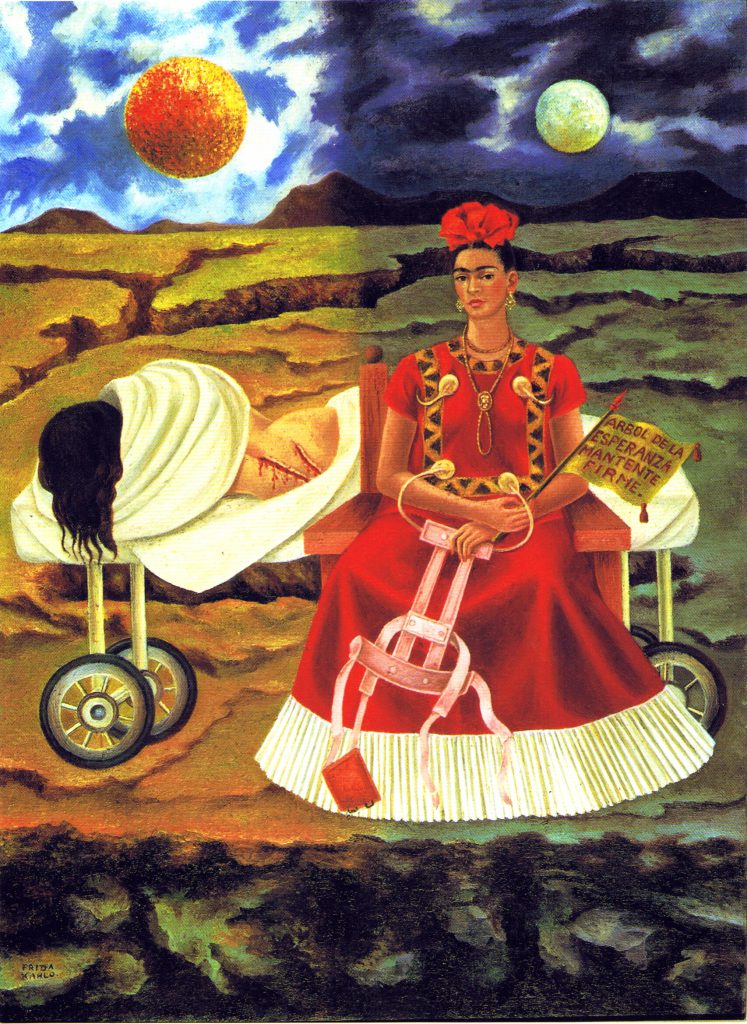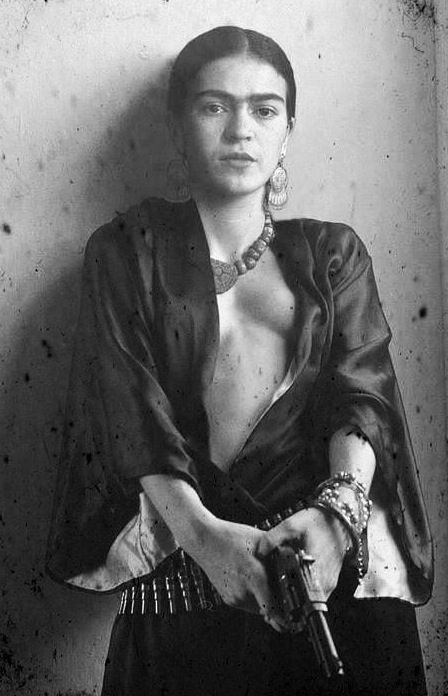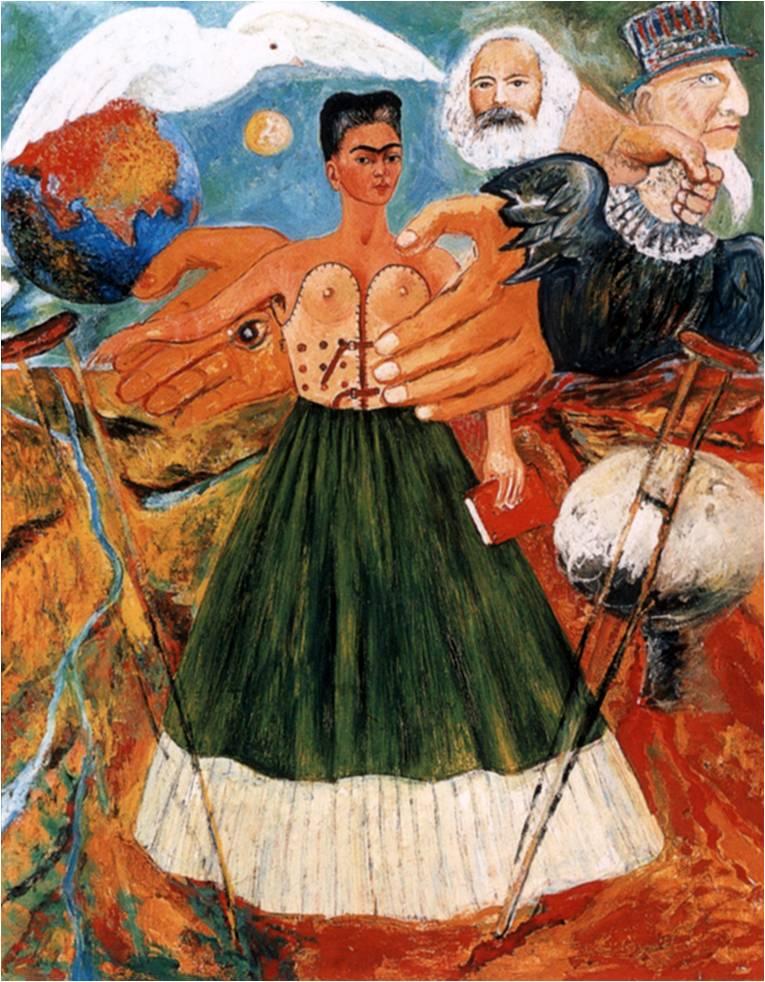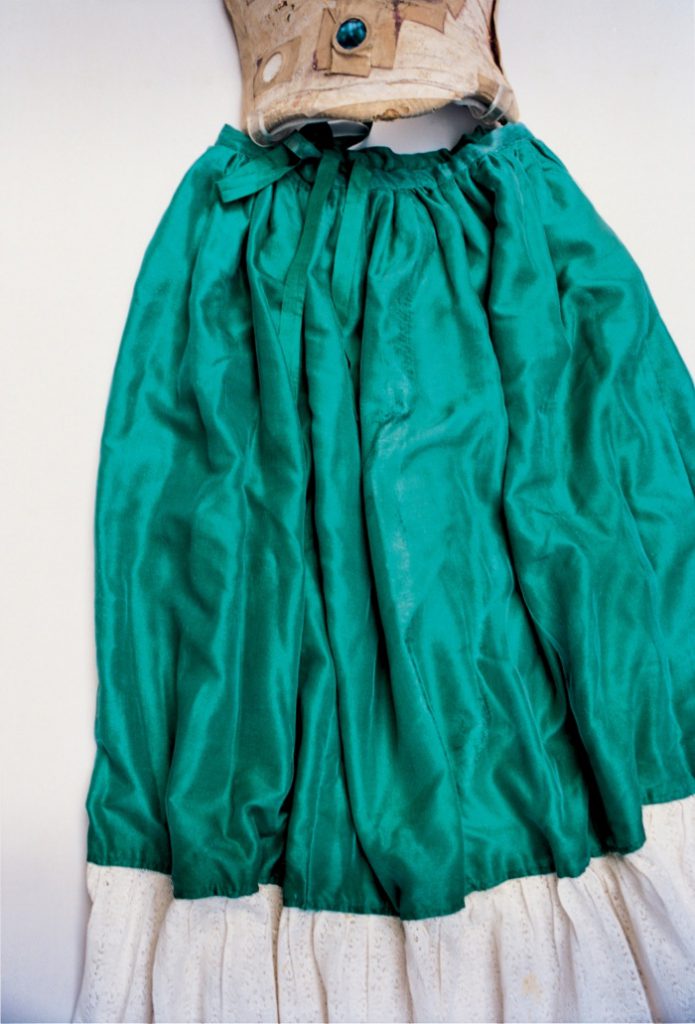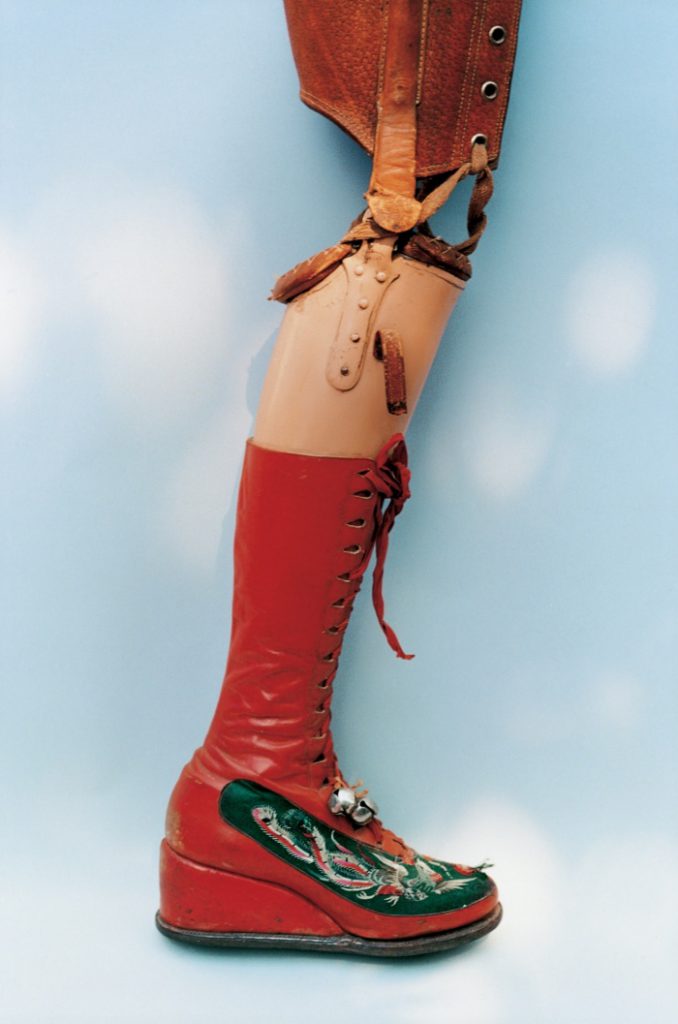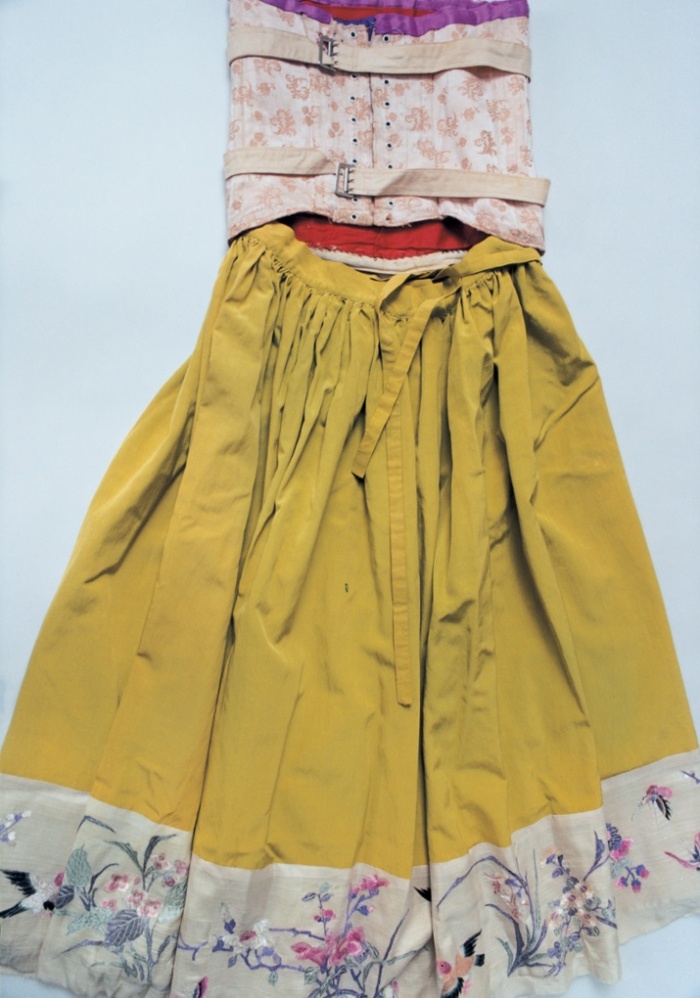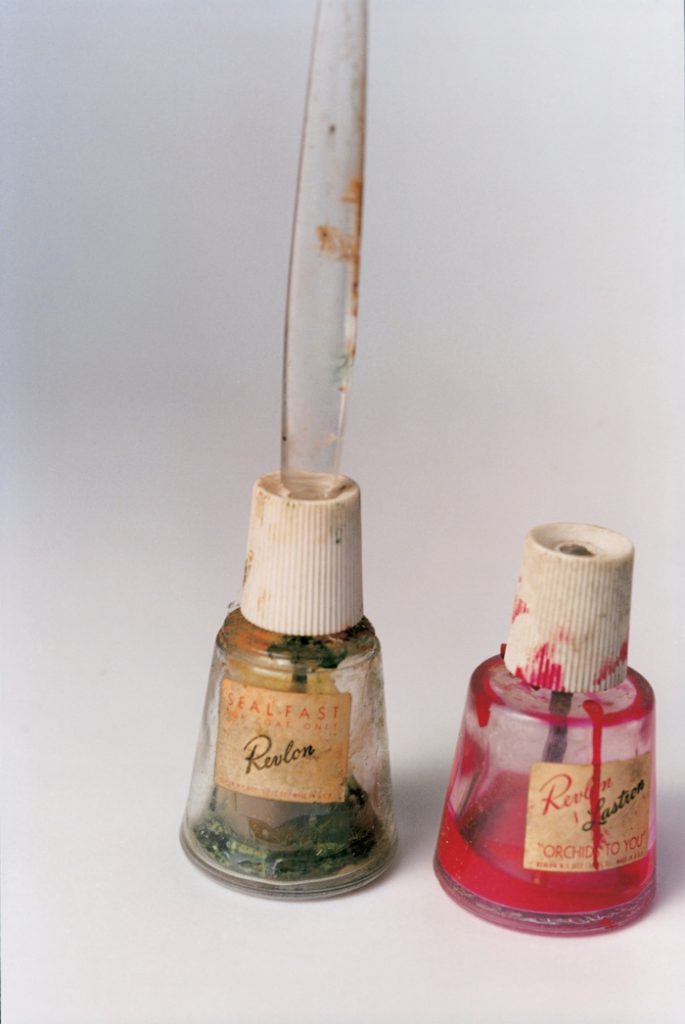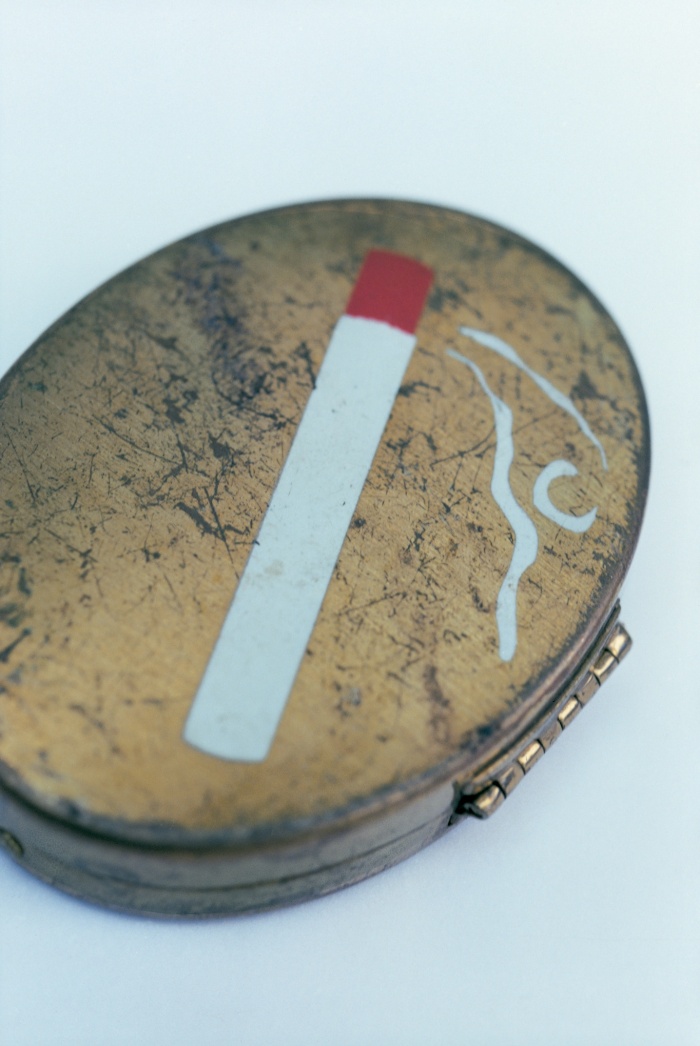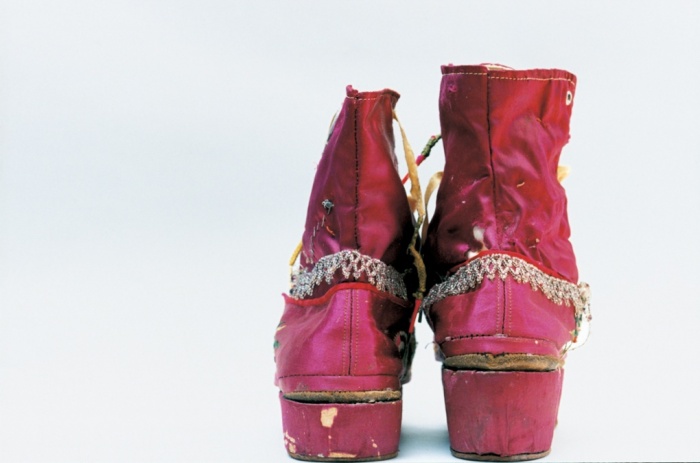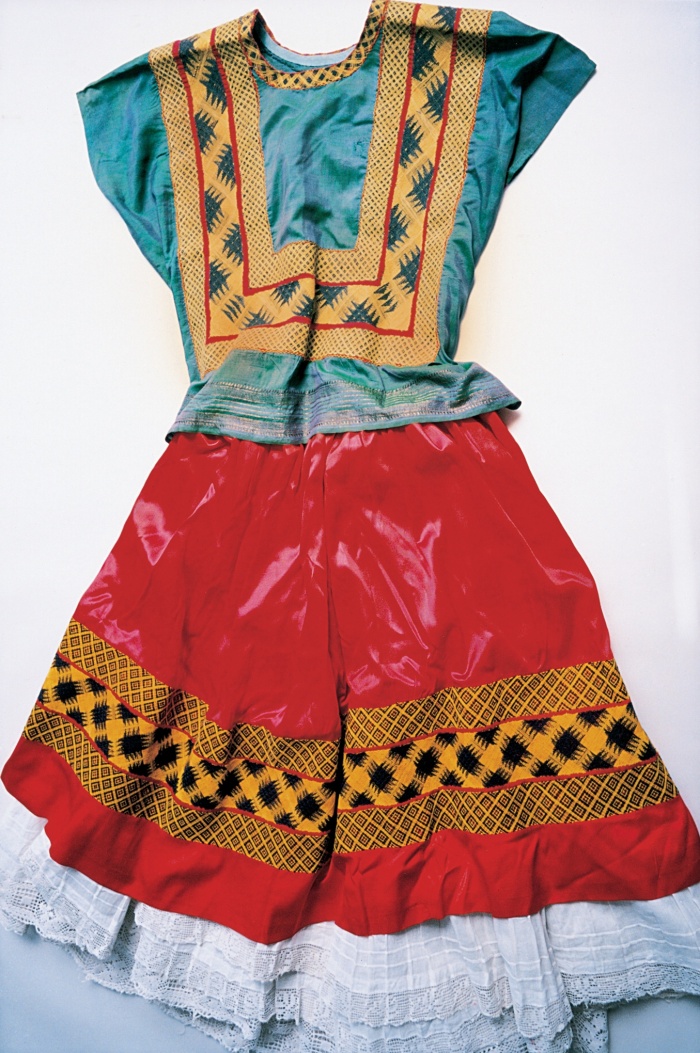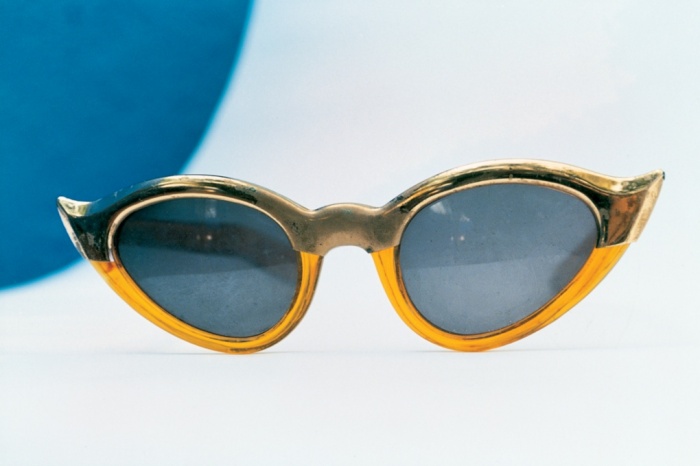
Frida Kahlo’s Incredible 50-Year-Old Fashion is Local, Handmade, Gorgeously Mexican
Tree of Hope, Remain Strong (1946)
You might not know that Frida Kahlo was a fan of handmade, indigenous, local clothing, but it was all a part of the artist’s fierce love for her home country of Mexico: She literally wore her politics. (Reminds me of what many in the ethical fashion community today do!)
What you do probably know about her is that she was an openly bisexual Communist who had a lifelong love affair with muralist Diego Riviera—they were married for a time, then divorced, then got back together again. He repeatedly cheated on her, but loved her art, and championed it and her.
Frida’s relationship with her body echoed the difficulties she had in her love life. According to Tiffany Willis:
She contracted Polio at the age of six. That left her with one leg thinner than the other and one of her feet deformed. She wore long, colorful traditional Tehuana costumes to camouflage this. When she was 18 years old, she was injured in a trolley car accident and spent a year in bed recovering from fractures to her spine, ribs, collarbone, a shattered pelvis, eleven fractures in her right leg, and her shoulder. A punctured uterus left her unable to have children. She had more than thirty operations and spent most of her life in pain and flat on her back.
It was this time she had to spend on her back recovering that turned her toward painting—she was able to paint in bed while she was recovering.
Marxism Will Give Health to the Sick (1954)
For a long time, all we knew of Frida’s clothing was what she wrote of it in her journals, what other people wrote about her, and what she wore in her paintings. In 1954, the year she passed away, her clothing was shut up in a bathroom at Casa Azul, the beautiful Mexico City home she shared with Diego (I’d highly recommend a visit to the remarkable house and gardens—I went two years ago and it was incredible to see the artist’s life up close). According to the Guardian, he “…demanded [the clothes] be locked until 15 years after his death. In fact, the room wasn’t opened until 2004, when Ishiuchi Miyako photographed its intimate contents.”
What I love about the images of Frida’s clothes is that you can find exact items she wore in her paintings. For example, the skirt and corset in the painting above, Marxism Will Give Health to the Sick, is highly likely to be those below.
And is the skirt below the one she is wearing in the very image topmost image, Tree of Hope, Remain Strong? Looks likely to me.
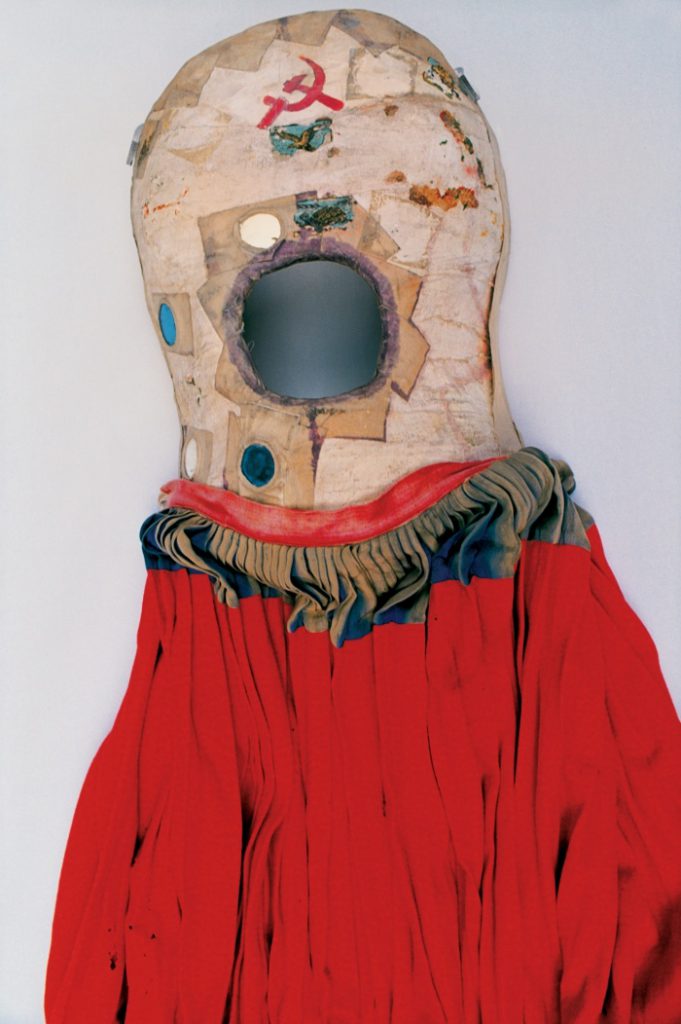
It’s definitely the one she was wearing in the image below—she wore corsets to keep her spine supported; it was always a problem for her after that initial accident in which her back was broken in three places, so she eventually had surgery to fuse her spine.
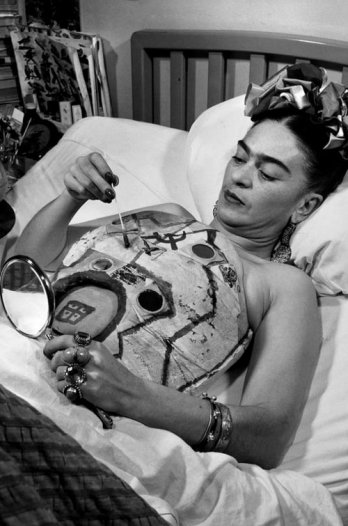
Frida went on to have her leg amputated in 1952, two years before she died—the prosthetic leg she fashioned for herself is both a beautiful object in its own right—but can you imagine crafting your own leg, knowing you are to lose yours (she had gangrene and doctors had to amputate)? This blows me away on both a personal and artistic level.
She wrote, prior to her amputation: “Feet, what do I need you for when I have wings to fly?”
I’ve paired the rest of these images of her clothes that were uncovered recently with quotes from Frida.
I was born a bitch. I was born a painter.
Nothing is absolute. Everything changes, everything moves, everything revolves, everything flies and goes away.
I am my own muse, I am the subject I know best. The subject I want to know better.
I am not sick. I am broken. But I am happy to be alive as long as I can paint.
I wish I could do whatever I liked behind the curtain of “madness”. Then: I’d arrange flowers, all day long, I’d paint; pain, love and tenderness, I would laugh as much as I feel like at the stupidity of others, and they would all say: “Poor thing, she’s crazy!” (Above all I would laugh at my own stupidity.) I would build my world which while I lived, would be in agreement with all the worlds. The day, or the hour, or the minute that I lived would be mine and everyone else’s – my madness would not be an escape from “reality”.
I used to think I was the strangest person in the world but then I thought there are so many people in the world, there must be someone just like me who feels bizarre and flawed in the same ways I do. I would imagine her, and imagine that she must be out there thinking of me, too. Well, I hope that if you are out there and read this and know that, yes, it’s true I’m here, and I’m just as strange as you.

